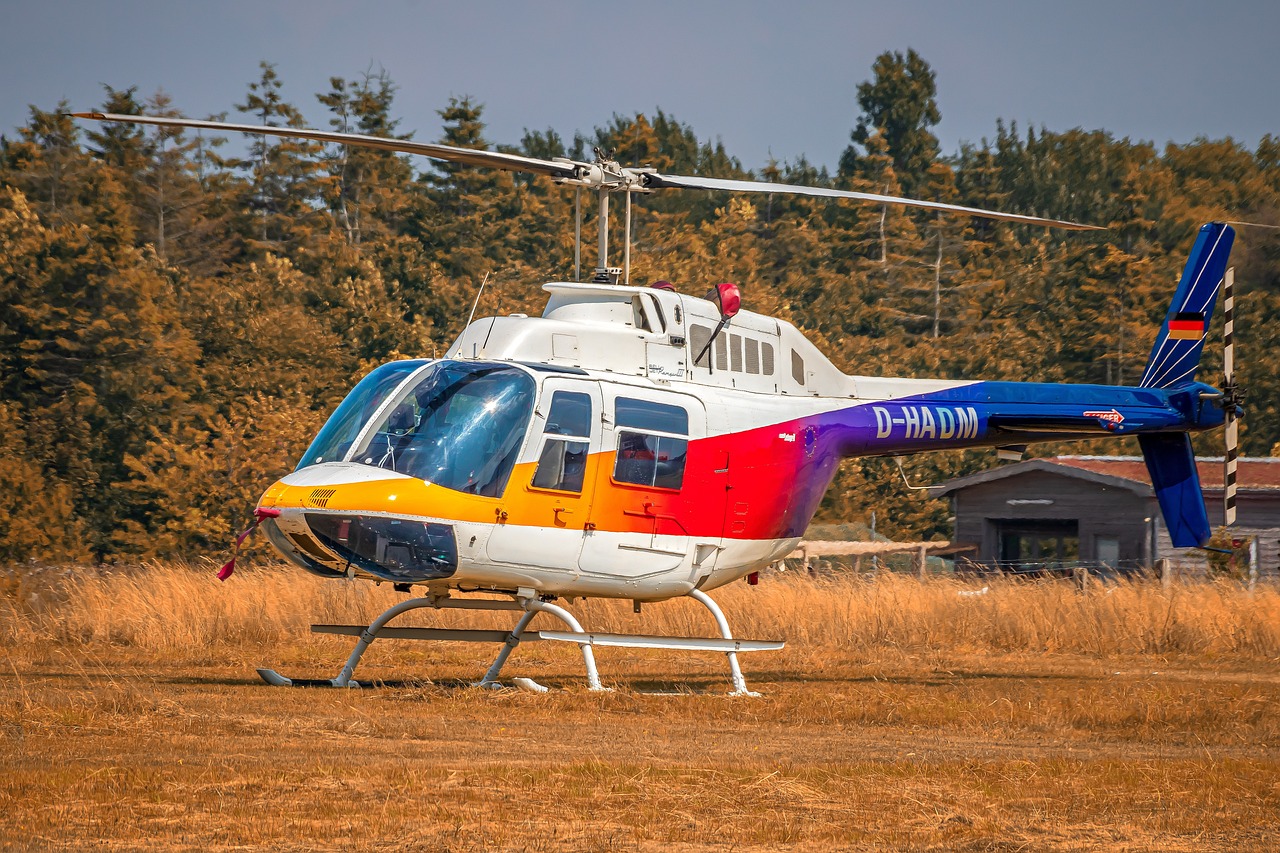Tech for Accessibility: Innovations for Motor Impairments
In recent years, technological advancements have revolutionized the way individuals with motor impairments interact with the world around them. From smartphones to wearable devices, innovative technologies have made it easier for people with disabilities to access information, communicate, and perform daily tasks independently. In this article, we will explore the latest tech innovations designed specifically for individuals with motor impairments, highlighting how these tools are making a positive impact on the lives of millions of people worldwide.
Assistive Technology for Motor Impairments
Assistive technology refers to devices and systems that help individuals with disabilities perform tasks that they may have difficulty with otherwise. For individuals with motor impairments, assistive technology plays a crucial role in enhancing their independence and improving their quality of life. Some of the key technologies that have been developed to assist individuals with motor impairments include:
1. Alternative Input Devices
Alternative input devices such as eye-gaze systems, sip-and-puff devices, and head-controlled mice enable individuals with motor impairments to interact with computers and other electronic devices using alternative methods of input. These devices allow users to navigate the screen, type, and control applications with ease, providing them with greater independence and autonomy.
2. Voice Recognition Software
Voice recognition software, such as Dragon NaturallySpeaking and Google Voice Typing, allows individuals with motor impairments to control their devices and input text using their voice. This technology is particularly beneficial for individuals with limited dexterity or mobility, enabling them to operate their devices hands-free.
3. Switch Access Technology
Switch access technology enables individuals with motor impairments to control electronic devices using switches or buttons. By connecting switches to their devices, users can perform a variety of functions, such as navigating the screen, selecting items, and typing. Switch access technology is highly customizable, allowing users to configure their switches to meet their specific needs and preferences.
Smart Home Technology
Smart home technology has emerged as a powerful tool for individuals with motor impairments, allowing them to control various aspects of their home environment using voice commands or remote control. From smart lights and thermostats to smart locks and security cameras, smart home technology provides individuals with greater convenience and accessibility in their daily lives.
1. Smart Assistants
Smart assistants such as Amazon Alexa and Google Assistant are voice-activated devices that can perform a wide range of tasks, from setting reminders and playing music to controlling smart home devices and answering questions. For individuals with motor impairments, smart assistants provide a hands-free way to interact with their devices and access information, making it easier for them to stay organized and connected.
2. Smart Home Automation
Smart home automation systems enable individuals with motor impairments to automate various tasks around their home, such as adjusting the lighting, temperature, and security settings. By using smart home automation systems, individuals can create customized routines and schedules that meet their specific needs, enhancing their independence and comfort.
Wearable Devices
Wearable devices have become increasingly popular among individuals with motor impairments, offering a discreet and convenient way to access information and communicate on the go. From smartwatches to wearable sensors, these devices provide users with real-time feedback and assistance, helping them stay connected and safe in their daily activities.
1. Smartwatches
Smartwatches equipped with accessibility features such as voice commands, haptic feedback, and text-to-speech capabilities are particularly beneficial for individuals with motor impairments. These devices allow users to send messages, make calls, set reminders, and track their fitness activities with ease, empowering them to stay connected and active throughout the day.
2. Wearable Sensors
Wearable sensors, such as motion trackers and posture monitors, help individuals with motor impairments monitor their movements and posture in real-time. These devices can provide feedback on their physical activities, alert them to any potential risks or issues, and even assist with rehabilitation exercises, promoting their overall health and well-being.
Virtual Reality and Gaming
Virtual reality (VR) and gaming technologies have the potential to transform the lives of individuals with motor impairments, offering them new opportunities for communication, socialization, and entertainment. VR simulations and adaptive gaming platforms provide individuals with immersive experiences and challenges that cater to their specific needs, enabling them to engage with others and explore new worlds like never before.
1. VR Rehabilitation
VR rehabilitation programs are designed to help individuals with motor impairments improve their physical and cognitive abilities through interactive exercises and simulations. By using VR headsets and motion controllers, users can engage in virtual activities that promote movement, coordination, and problem-solving skills, enhancing their overall recovery and rehabilitation process.
2. Accessible Gaming Platforms
Accessible gaming platforms, such as Xbox Adaptive Controller and SpecialEffect, are designed to accommodate individuals with motor impairments and provide them with an inclusive gaming experience. These platforms offer customizable controllers, adaptive accessories, and specialized game settings that enable users to play their favorite games independently and enjoy a more accessible gaming environment.
Conclusion
As technology continues to advance, individuals with motor impairments are gaining access to a wide range of innovative tools and solutions that enhance their independence, communication, and overall quality of life. From assistive devices and smart home technology to wearable devices and virtual reality, these innovations are opening up new possibilities for individuals with disabilities and empowering them to live fuller and more connected lives. By leveraging the power of technology, we can create a more inclusive and accessible society where everyone has the opportunity to thrive and succeed.
FAQs
Q: How can individuals with motor impairments benefit from smart home technology?
A: Smart home technology allows individuals with motor impairments to control various aspects of their home environment using voice commands or remote control, providing them with greater convenience and accessibility in their daily lives.
Q: What types of wearable devices are beneficial for individuals with motor impairments?
A: Wearable devices such as smartwatches and wearable sensors offer individuals with motor impairments a discreet and convenient way to access information, monitor their movements, and stay connected in their daily activities.
Q: How can virtual reality and gaming technologies assist individuals with motor impairments?
A: Virtual reality and gaming technologies provide individuals with motor impairments new opportunities for communication, socialization, and entertainment through immersive experiences and adaptive gaming platforms that cater to their specific needs.





